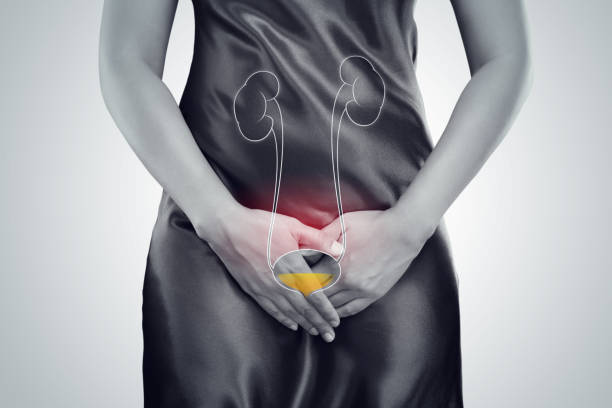Interstitial Cystitis (IC) is a chronic condition characterized by pelvic pain and pressure, urinary frequency and urgency. These symptoms can significantly impact quality of life.
Symptoms: The most common symptoms of IC include:
Pain or pressure in the bladder and pelvic area.
Urinary frequency and urgency, sometimes with painful urination.
Pain during sexual intercourse.
Pain in the lower back, hips, urethra, or perineum.
Incomplete bladder emptying.
Diagnosis: Diagnosis of IC is often difficult because the symptoms are similar to those of other bladder problems such as urinary tract infections, bladder cancer, and overactive bladder. To make a diagnosis, a healthcare provider will perform a thorough medical history, physical examination, and urologic evaluation.
Treatment: Treatment for IC is aimed at reducing symptoms and improving quality of life. There is no cure for IC, but various treatments can help manage the symptoms. Some common treatments include:
Medications: Over-the-counter pain relievers, tricyclic antidepressants, and antispasmodic drugs can be helpful in reducing bladder pain.
Bladder Instillation: This involves filling the bladder with a solution such as sodium sulfate, heparin, or DMSO to reduce pain and inflammation.
Physical Therapy: Pelvic floor muscle exercises can help to reduce pelvic pain and improve bladder function.
Dietary Changes: Certain foods and drinks such as caffeine, alcohol, artificial sweeteners, and spicy foods can worsen IC symptoms and should be avoided.
Surgery: In severe cases, surgery to remove the bladder may be necessary.
In conclusion, Interstitial Cystitis is a chronic condition characterized by pelvic pain and pressure, urinary frequency and urgency. Treatment is aimed at reducing symptoms and improving quality of life, with various options including medications, bladder instillation, physical therapy, dietary changes, and in severe cases, surgery. It is important for individuals with symptoms to work with their healthcare provider to develop an individualized treatment plan.

 Home
Home Health
Health Diet & Nutrition
Diet & Nutrition Living Well
Living Well More
More












